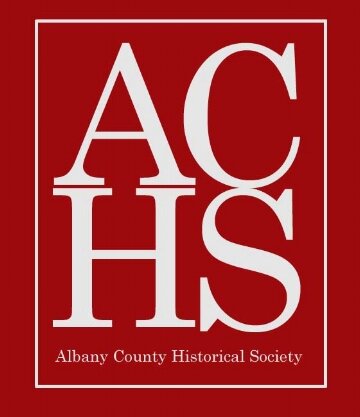A Laramie couple’s legacy—geology and more
Jane and David Love had a knack for uncovering the human and natural resources of Wyoming that few other married couples have demonstrated.
Both were geologists. Jane, a Providence R.I. native, earned a Master’s degree in the field from Smith College in 1938; David earned his Ph.D. from Yale the same year. They met around 1935 when Jane, although a student at Bryn Mawr College in Pennsylvania, spent a junior year studying geology at UW, where David received Bachelor and Master’s Degrees.
They married in 1940; David proposed to his friend Jane as soon as he got his Ph.D.—never having dated her. “Good heavens,” said Jane, “why didn’t you make your intentions known earlier?”
“I didn’t have anything to offer then,” he is reported to have said. But Shell Oil hired him to explore for vanadium (a valuable metal additive desperately needed in World War II), so the newlyweds were off first to Illinois and then Afton, Wyoming.
It rankled David that information about his research in the Afton area was not publically available. So he soon took advantage of an opportunity to work for the US Geological Survey and resisted their insistence on relocating to Denver. He established a one-man Wyoming headquarters for the USGS and found a niche with the Wyoming Geological Survey at UW.
Thus the Love’s geology partnership began. They produced over 230 maps, books and geological publications that David wrote and Jane often edited and sometimes co-authored. Their 62-year marriage also produced four children, seven grandchildren and one great-grandchild at the time of their passing (David in 2002, Jane at 99 in 2013).
Jane’s father had a law degree from Harvard; he saw to it that his children had a good education. Jane was the youngest of four—she recalled in a 2008 oral history interview that she literally had three mothers, because her two sisters were 13 and 15 years older and “they watched what I was doing.”
David and his three siblings were home schooled on the Love ranch in Fremont County, Wyoming, 15 miles from the closest neighbor. David said landscape was about all they could observe while spending hours on horseback. He became a tireless searcher for stories that lay hidden beneath the soil and in the rock layers—Wyoming provided a lifelong fascination for him.
Writer John McPhee used David’s explanations of Wyoming geology in his 1992 best-seller Rising from the Plains that also tells the story of the Love ranch and how David’s Wellesley-educated mother came to Wyoming to become a schoolteacher before her marriage.
David career with the USGS lasted 42 years; he split his time between Laramie and an office in a small cabin near his home in Jackson, Wyoming, where he did much of his research in the summers. He received the first American Geological Institute’s “Legendary Geoscientist Award” which recognizes achievements that have a lasting and historic value for the earth sciences.
The most prestigious award that a community activist can receive in Laramie is the Boomerang/Laramie Lions Club Community Service Award, which Jane received in 1982. When her friend Alice Stevens faced the challenge of raising $150,000 to save the Ivinson Mansion from demolition, Jane organized an army of volunteers to clip coupons from newspapers and magazines and tape them to groceries in Laramie stores; at checkout buyers were asked if they would donate the savings to the Mansion fund. In a short time the necessary funds were raised, in no small part due to the nickels and dimes Jane’s volunteers raised—one coupon at a time.
Both Loves received the 2002 Teton Medal honoring their service to the Jackson Hole Community.
From championing affordable housing in Jackson, spearheading the rescue of the Ivinson Mansion – now the home of the Laramie Plains Museum—to offering financial support and encouragement to the Albany County Public Library, this charismatic couple created a lasting legacy in two Wyoming communities.
By Judy Knight
Caption: Jane and David Love, c. 1940’s, photo courtesy of Barbara Love
